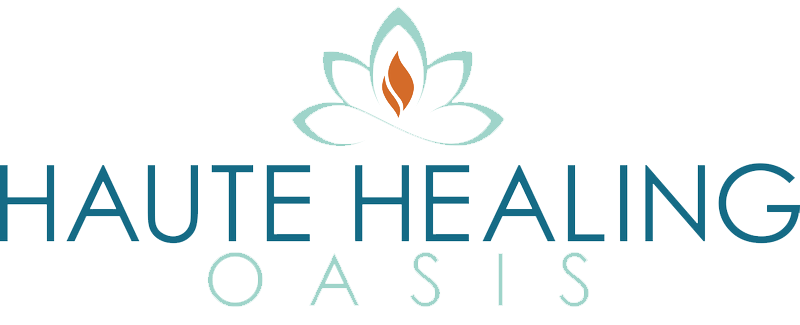Believe it or not, we all experience what’s called “ego deaths” throughout our lives—moments when our sense of self unravels, making us feel like we’re completely falling apart. This profound transformation, explored in Stan and Christina Grof’s “The Stormy Search For The Self”, involves shedding outdated aspects of our identity to make room for new growth. Ego death is a part of the death-rebirth cycle where the old self “dies,” allowing for personal and spiritual advancement.
Understanding Ego Death
Ego death can feel disorienting and intense, as it involves losing your identity and confronting a version of death itself. This process challenges the core of who you think you are, leading to the emergence of a new, perhaps unrecognizable, self. It’s a necessary disruption that clears the way for deep self-reflection and renewal.
How to Navigate Ego Death
During an ego death, my top recommendation is to hermit as much as possible. Hermiting—withdrawal from the outside world—has been a practice among spiritual seekers for millennia because it provides the solitude necessary for internal exploration and healing.
The Benefits of Hermiting
Hermiting allows you to create a personal sanctuary where you can explore new aspects of your personality without external interference. It’s a time to connect deeply with your inner self, free from the distractions and influences of everyday life. This practice isn’t about loneliness; it’s about giving yourself space to grow and understand the changes you’re undergoing.
You Are the Medicine: Harnessing Your Inner Power
The empowering concept that “you are the medicine” is crucial when navigating ego death. This means recognizing that you have the innate capacity to heal and transform yourself. By turning inward and utilizing practices like intuitive listening, self-reflection, and affirmation, you begin to unlock your own healing potential.
Self-Healing Through Introspection and Action
1. Intuitive Listening: During solitude, listen closely to your intuition, which can guide you toward what is best for your growth.
2. Self-Reflection: Employ journaling, meditation, or creative expression to process your thoughts and emotions, helping you understand and embrace the new identity emerging from your ego death.
3. Affirmation and Visualization: Use these techniques to reinforce your journey of self-discovery, mentally and emotionally aligning with your new self-concept.
Integrating New Insights into Everyday Life
As you embrace that you are your own best healer, it’s important to integrate the insights gained from your ego death into your daily routine. This may involve setting new boundaries, forming healthier habits, or making changes in your social interactions to reflect your new self.
Practical Steps for Integration
1. Setting Boundaries: Recognize and implement boundaries with people and activities that no longer serve your new values.
2. Continual Growth: Maintain a proactive stance towards your well-being and development, understanding that healing is an ongoing process.
3. Community and Support: While much of your journey will be solitary, finding supportive communities or individuals can provide additional strength and encouragement.
Conclusion
Experiencing an ego death is a profound opportunity for growth and personal transformation. By understanding and embracing the idea that you are the medicine, you can take control of your healing process, using the tools within you to face life’s challenges and emerge stronger and more self-aware. Remember, the path of inner healing is not just about recovering—it’s about discovering a deeper, truer part of yourself.

